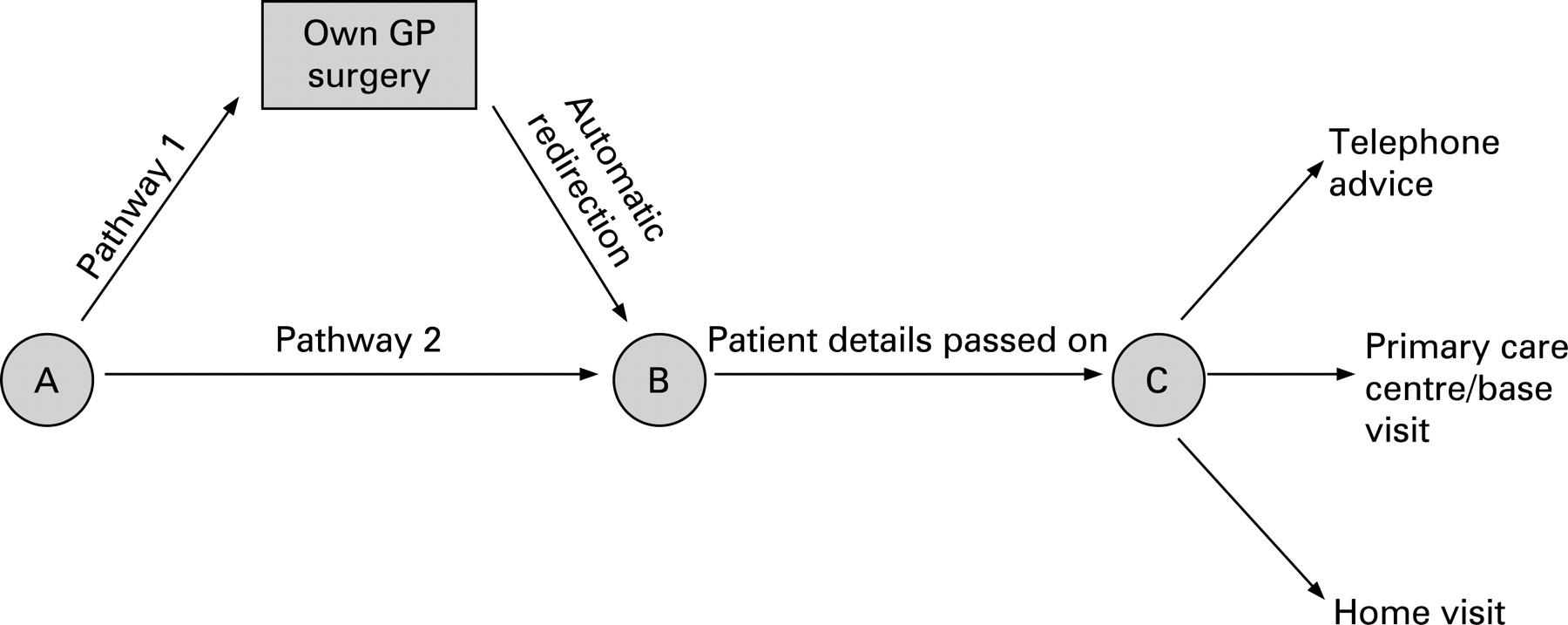
Alternating exotropias can be constant or intermittent and can have varying magnitude (some are big and some are small). Symptoms associated with an intermittent exotropia can be double vision, squinting in the bright sunlight, covering/closing an eye, blurry vision, poor reading fluency, etc.Īlternating exotropia: An alternating exotropia is an outward eye turn that can alternate which eye deviates. The magnitude of the deviation can also vary and may not be cosmetically noticable. The frequency at which an intermittent exotropia can deviate can vary, making it difficult to catch in a vision screening in some cases. As you can assume from the name, this deviation is not constant. Intermittent exotropia: An intermittent exotropia is when one eye remains fixated on a target while the other eye drifts outward some of the time.

Here is a short summary of types of out-ward eye turns, also known as exotropias: That is why it is important to see a provider who is comfortable with working with a strabismus. Quite frankly a strabismus (eye-turn) can be a daunting thing to assess for some providers because of the neurological involvement. Some eye-turns can be associated with neurological conditions that can be life threatening, while others just need an appropriate pair of glasses. Regardless of the deviation type it is important to have an assessment with a residency trained eye-care provider to determine the type and cause of eye-turn.

Eye-turns are interesting phenomenon that can occur at any stage of life and can go in different directions.


 0 kommentar(er)
0 kommentar(er)
